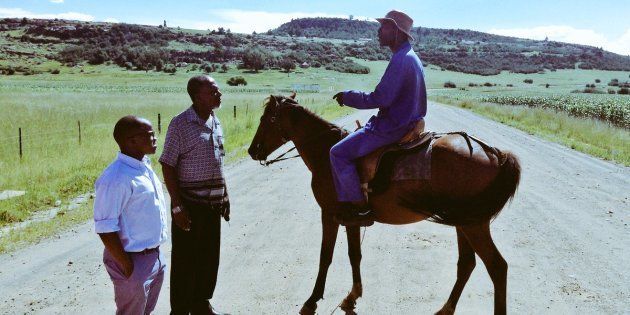

I don't really like taking photos, as I'm sure my Instagram friends have noticed.

However, I'm thankful to have taken this particular one – not because it features my good looks and charm, but because of what it represents. It was taken four years ago on the outskirts of Matatiele in Eastern Cape, while I was visiting a group of thriving black farmers in the province.
Back then, black farmers in the area were producing 6,000 tons of maize, while at the initial stages of their learning process with an organised agricultural group. By the 2016/17 production season, their maize harvest had increased to roughly 28,000 tons – owing to an uptick in area planted, as well as better farming practices.
From a national perspective, this difference may seem insignificant, but recognising the low base from which they started, I think it's fair to say this is a damn good achievement.
A number of these farmers benefit from the support of organised agricultural groups and private investors, such as Grain SA and Masisizane Fund, among others. Grain SA has been actively involved in the province through its Farmer Development Programme, which focuses on training and skills development. The Masisizane Fund, together with government, invested about R46-million in farming areas around Matatiele in 2016.
Alongside these developments, there is the emergence of new agricultural firms. A notable one of these is Matatiele Grainco – a 100 percent black-owned grain group with a focus on agricultural mechanisation and transportation of grain across Eastern Cape and KwaZulu-Natal. Another of these is Afgrain – also a 100 percent black-owned food group, which has a strong focus on farmer development that includes value-chain activities.
These developments are refreshing, but there are still a number of challenges that hinder agricultural production in the province. Among others, these include poor infrastructure (roads and silos) across agricultural production zones, as well as communal land tenure (which is not recognised by many financial institutions).
Despite these hindrances, progress has been plentiful. It seems to me that there is a new crop of farmers and agricultural firms popping up in Eastern Cape, and I am publishing this photo as a reminder of where it all started.

